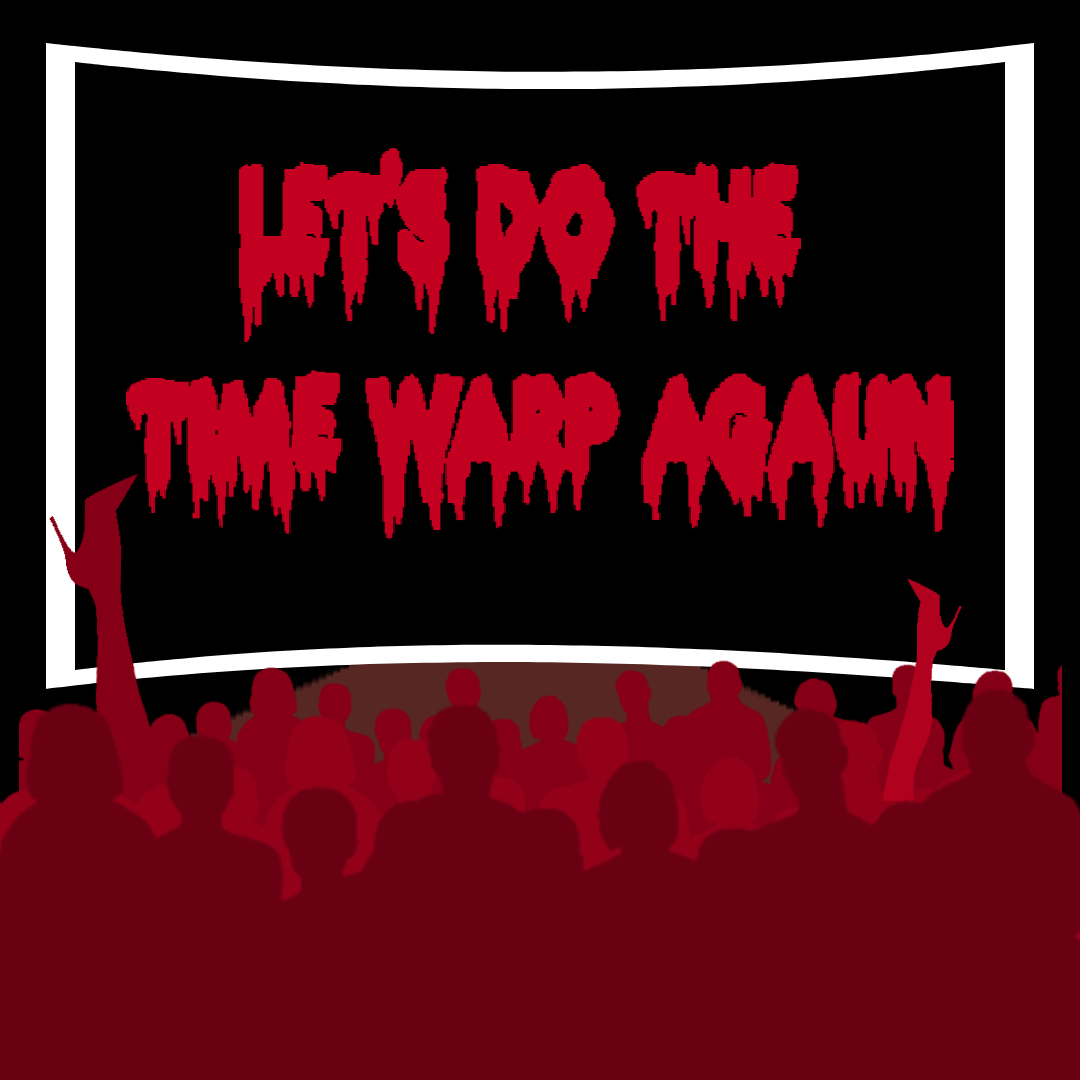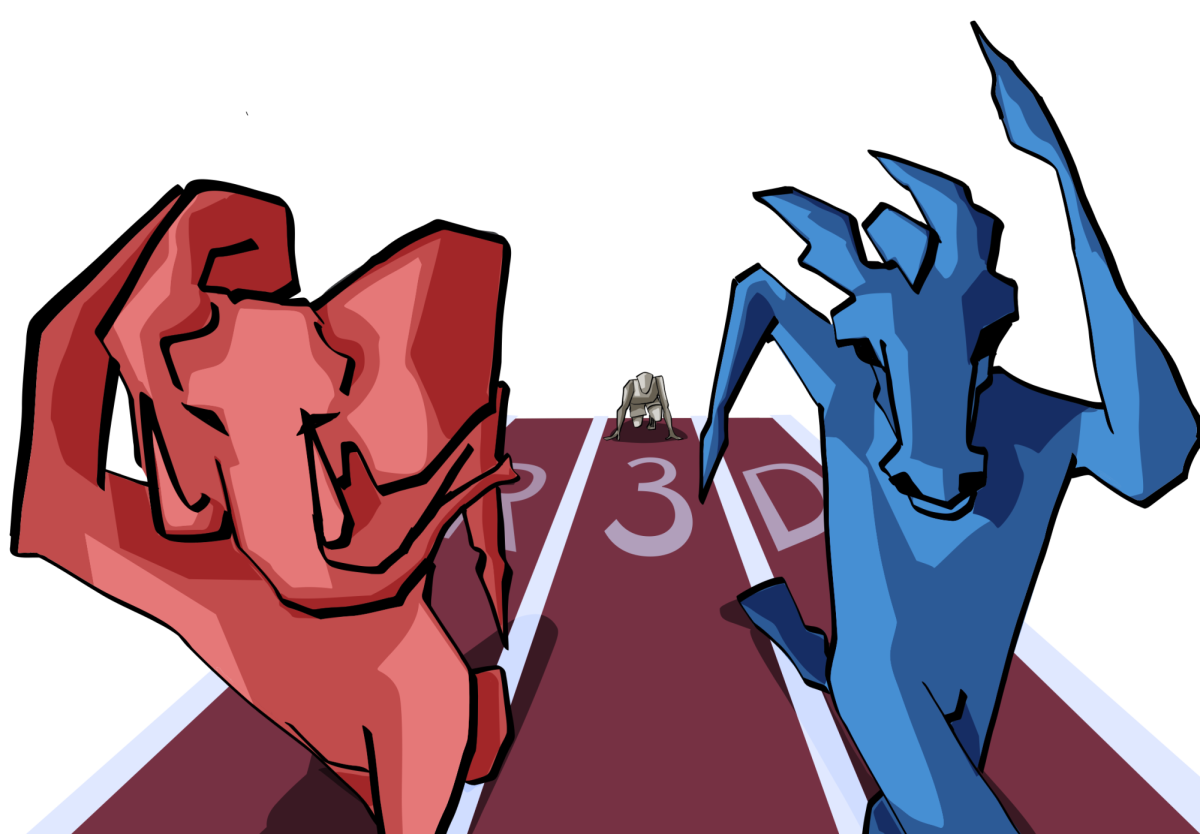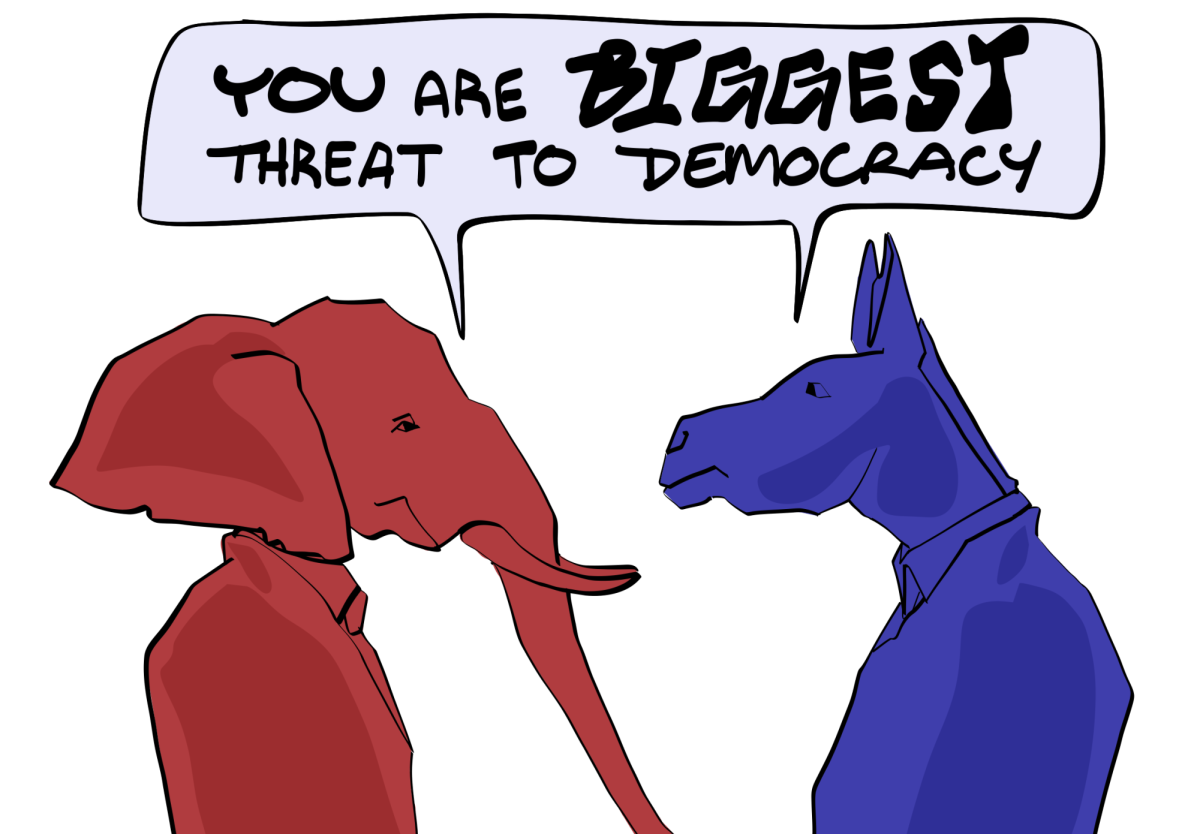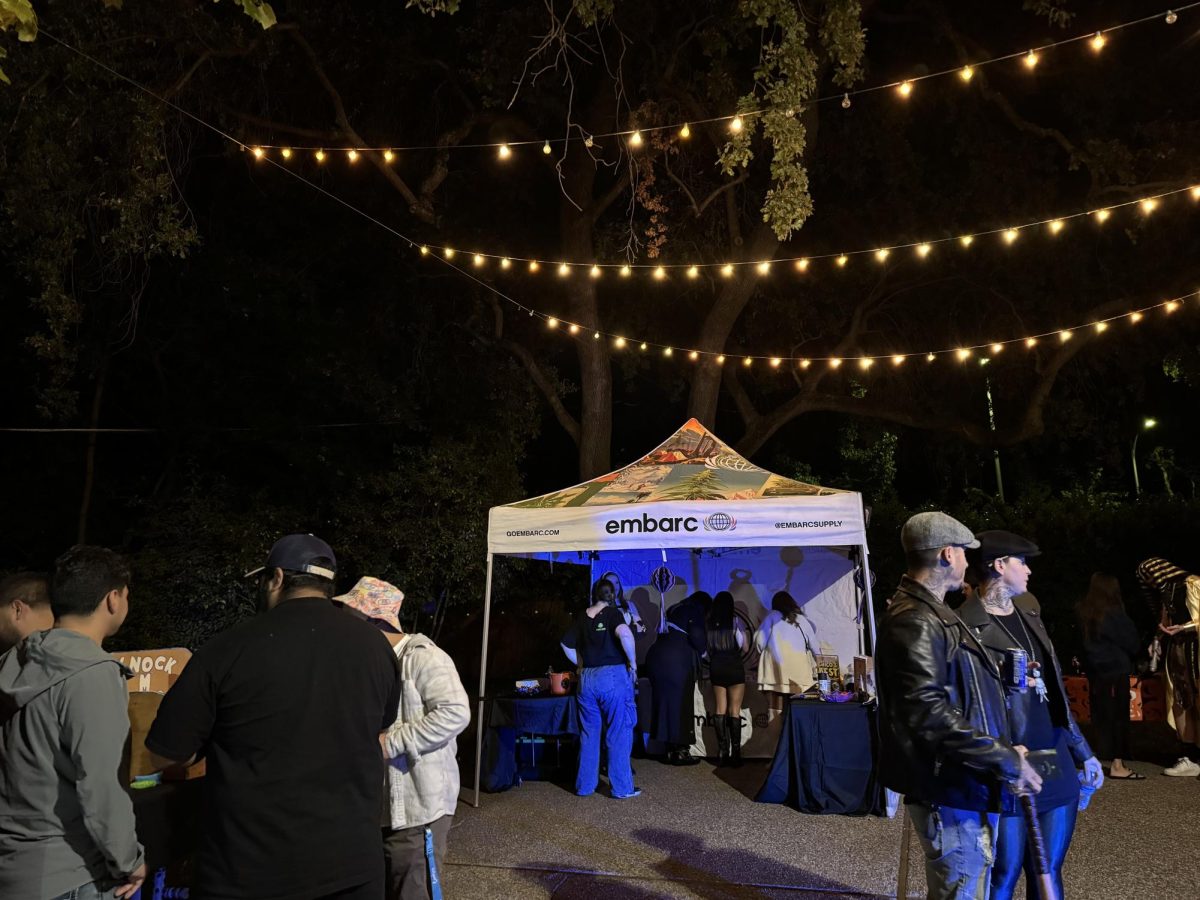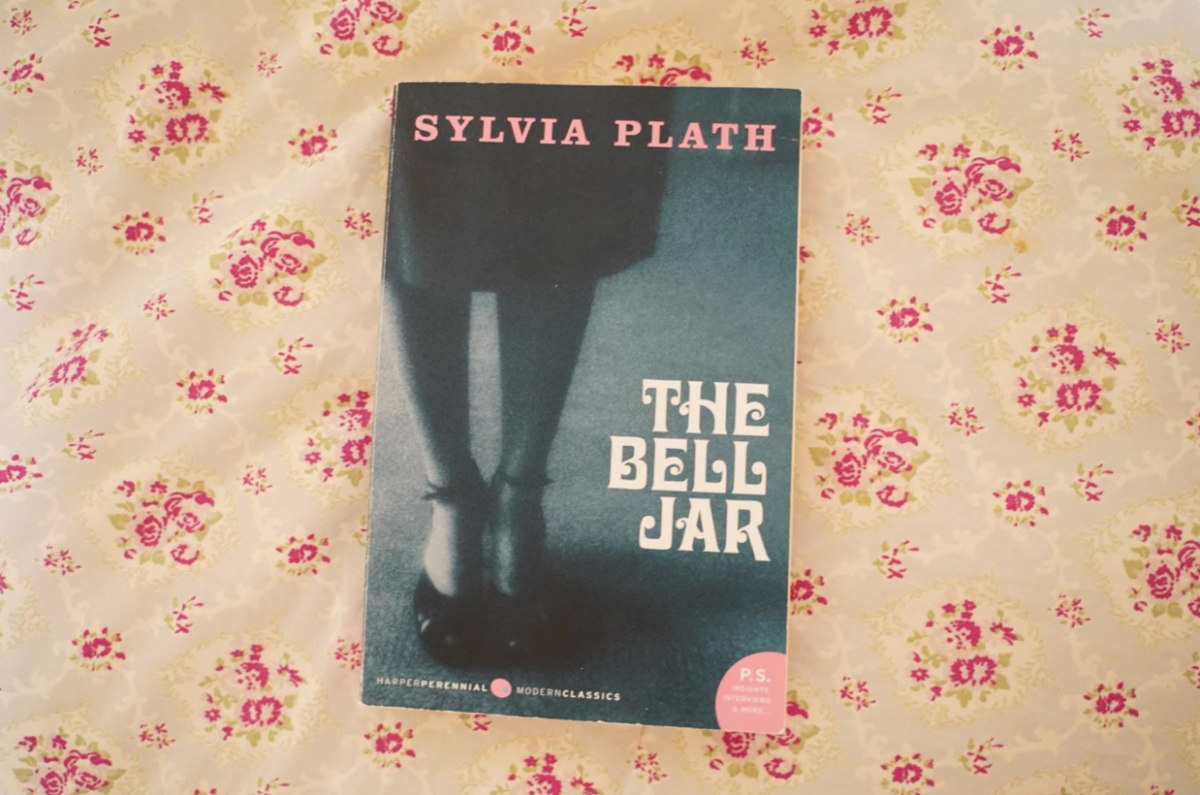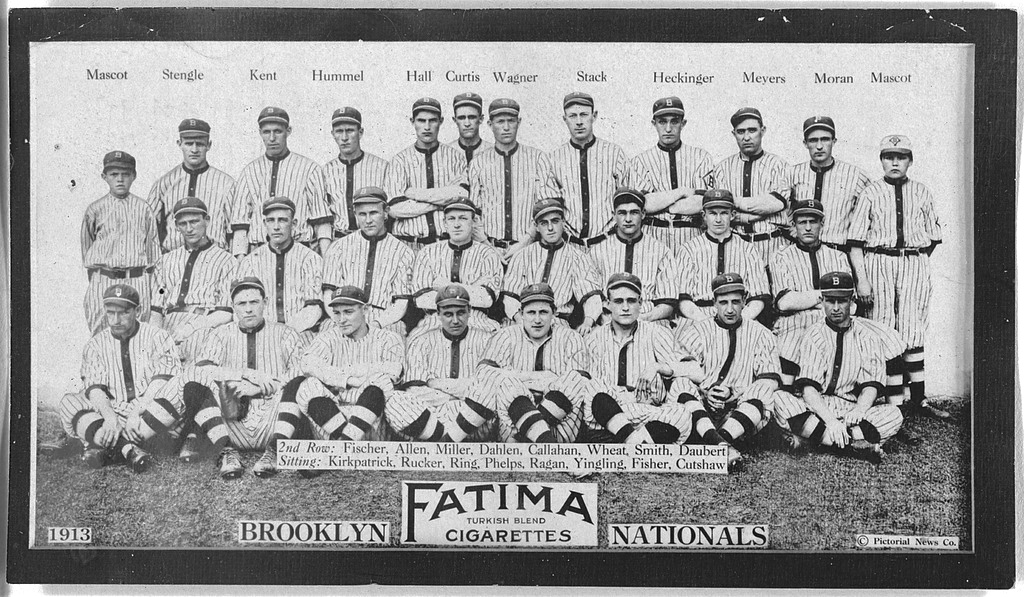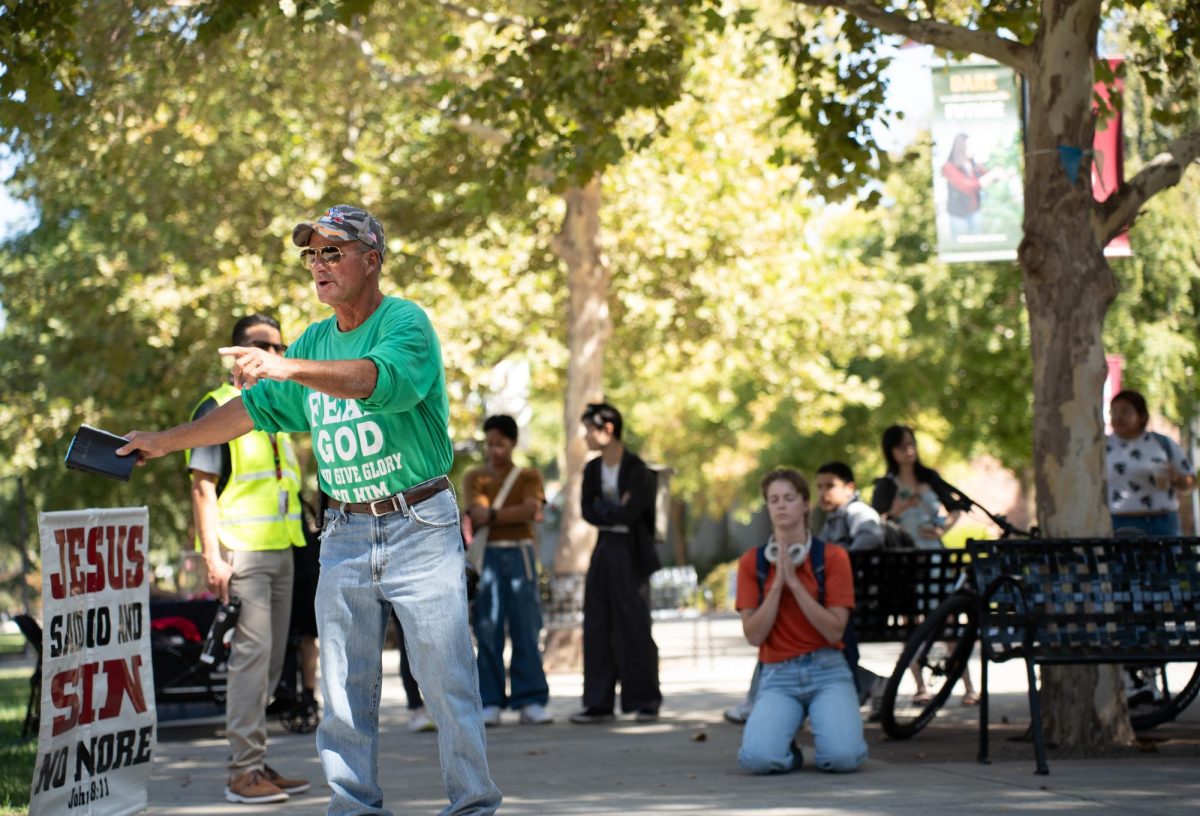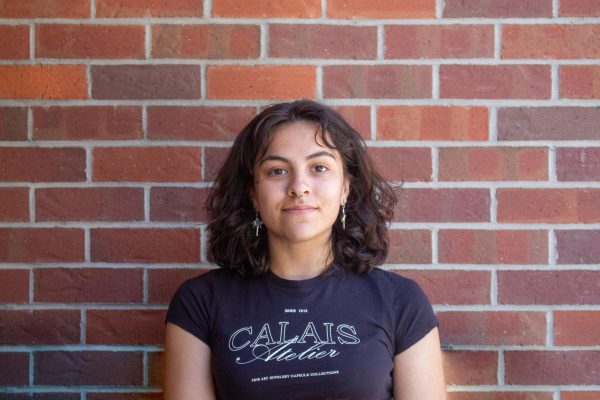How did a campy, erotic love letter to theater and science fiction become the mother of cult classic films, and does it fit into today’s world?
As Halloween creeps around the corner, many young adults are planning to engage in the traditional fall festivities such as visiting pumpkin patches or haunted houses.
However, for anyone who hasn’t had the pleasure of going to a live showing of the “Rocky Horror Picture Show,” I urge you to wear the most outrageously fabulous clothes, round up friends you are comfortable with, and make your way to this late-night, double-feature picture show.
“Rocky Horror Picture Show” tells the story of a newly engaged couple who, by fate, stumbles into a world of chaos, only to crawl away with fishnets, a feather boa and memories of the evil, extraterrestrial and eccentric Dr. Frank-N-Furter.
Released in 1975, the film stars Tim Curry as the unforgettable antagonist who steals the show and represents the epitome of the movie’s message, living authentically and unapologetically. This message resonated with a multitude of audiences. The movie features themes and aesthetics from communities previously cast aside by society.
The movie itself is an amalgamation of horror movie nostalgia, absurdist comedy, cross-dressing and full-out rock ‘n’ roll musical numbers that have remained relevant in the performing art world. With all of the niches this movie fulfills with the messaging, it became a cult classic in the theater, science fiction and general movie world. The movie and the gatherings around it further served as a place to interweave those communities.
This was before the modern internet, where people could connect on forums and apps about their new favorite films. The appreciation of this film happened in real life.
A live performance of “Rocky Horror” involves a level of audience participation and rituals mostly unmatched to this day. Although different for every group that participates, usually the movie is screened with a live cast performing it on a stage while the audience also engages in the media by performing their ‘callout’ lines and actions.
This audience ad-lib tradition started in 1975 during the midnight showings of the movie, where the audience members would learn the call-out lines the more times they saw the show. It’s somewhat of a modern oral tradition.
Along with this, there are generally games, contests and light-hearted initiation rituals for the “Rocky Horror virgins” at the beginning and end of the film.
The intersection of interests and identities that this experience resonates with has kept this cult classic alive for almost 50 years.
When asked about “Rocky Horror Picture Show,” most young adults from this generation remember its pop culture appearances in “Glee” or “Perks of Being a Wallflower” instead of memories of being present at the show.
Viewed today, the content within “Rocky Horror Picture Show” still maintains its quality and the message remains true to this day albeit with some material that can be viewed as problematic – it is a movie from the ‘70s. The use of this questionable content can be attributed to the less sensitive culture of that day.
There is the use of the words “transvestite” and “transsexual,” which are offensive terms to the trans community. There are also scenes of sexual coercion, but they aren’t any more graphic or distasteful than some of the more recent additions to campy horror – I’m looking directly at you “American Horror Story.”
Overall, while it’s important to acknowledge some of the more problematic moments, “Rocky Horror Picture Show” as a live experience has transcended even the movie itself.
The movie and the content of it matter very little to the community bonding experience of throwing rice and toast at the screen and dancing the Time Warp in the aisles of the theater. People don’t come to this event to watch a film, they come to interact with the media and each other to keep the tradition alive.
Nadia Hill can be reached at [email protected]





